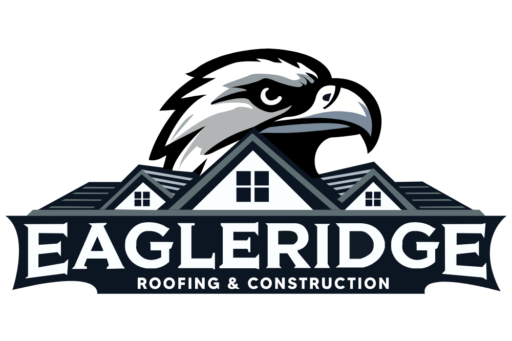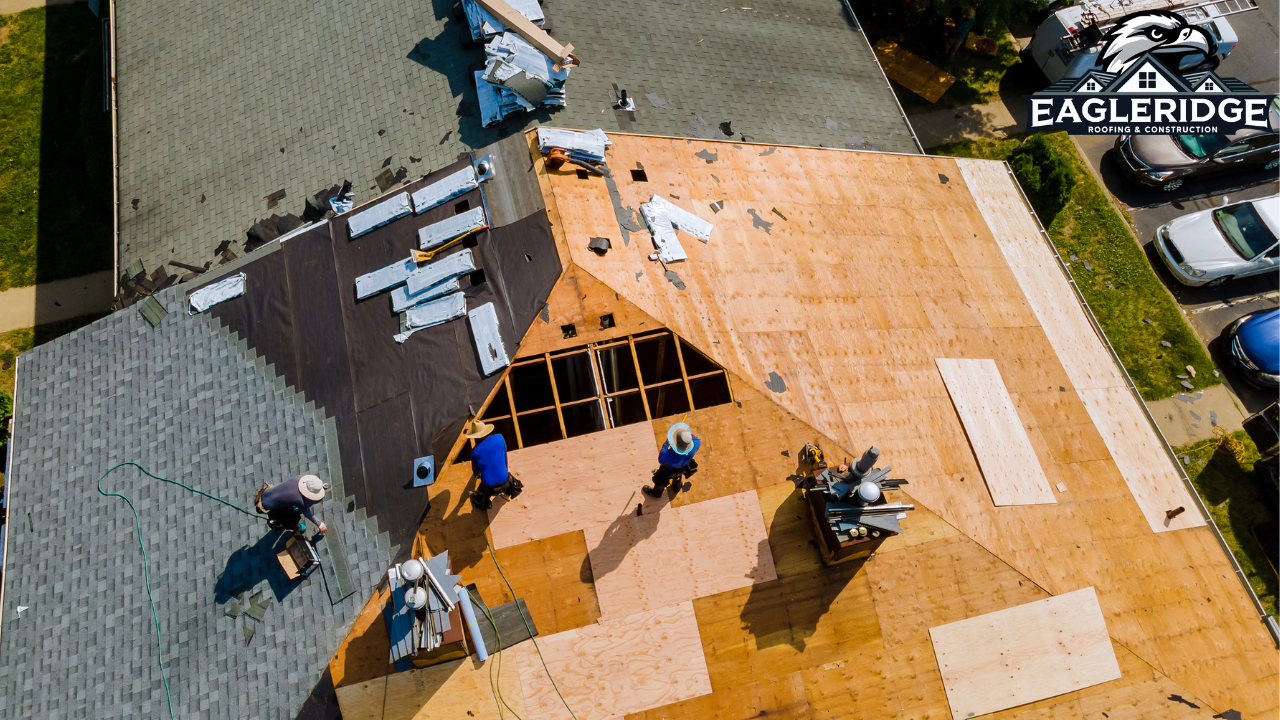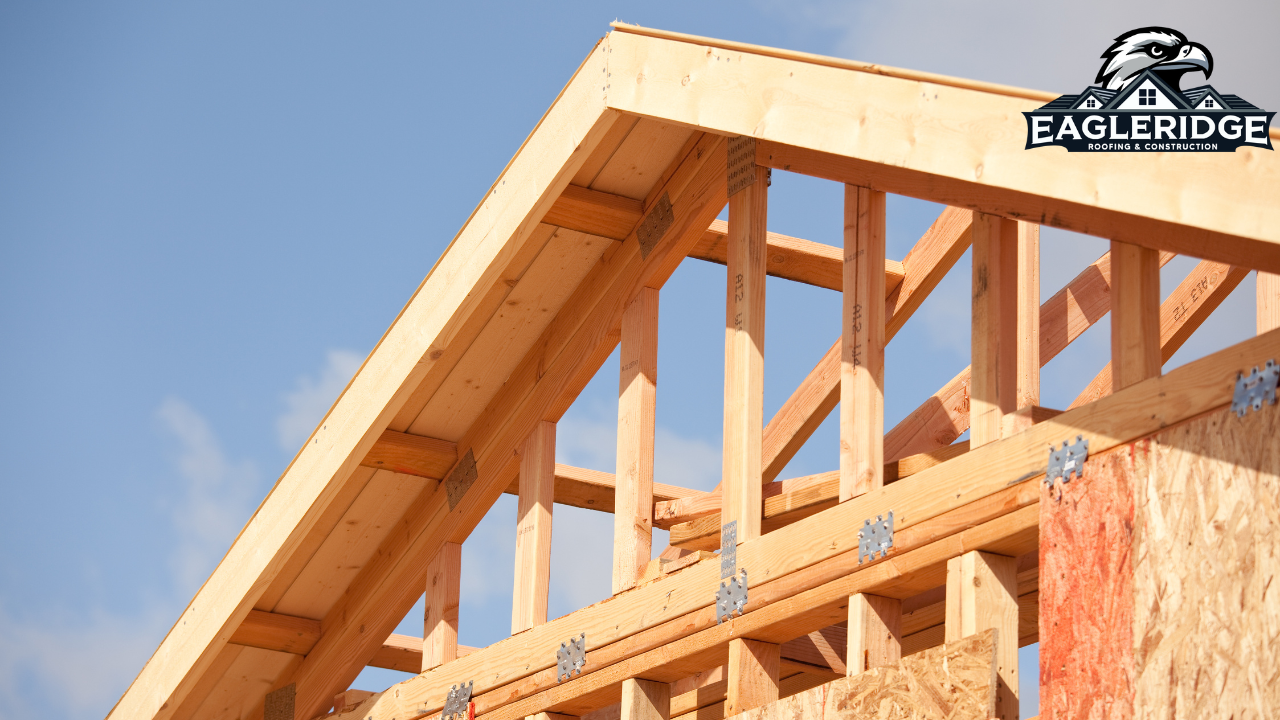Hail damage affects roofs in Utah by impacting various roofing materials, often resulting in costly repairs. Asphalt shingles, a popular choice due to their affordability, are particularly vulnerable, showing dents or bruises when hit by hail. Metal roofing, while durable, can suffer dents from severe impacts. Slate roofing is more resistant but still requires inspection for cracks. Key signs of hail damage include granule loss on shingles, soft spots, and dents on metal components like gutters and vents. Regular inspections and choosing impact-resistant materials can mitigate damage. Understanding these factors can be essential for maintaining the integrity of your roof.
Types of Roofing Materials
When considering the impact of hail on roofing in Utah, it is essential to understand the types of roofing materials available and their respective vulnerabilities.
Asphalt shingles, metal, and slate are common choices. Asphalt is affordable but can be prone to damage. Metal offers durability but may dent. Slate is highly durable yet expensive.
Each material presents unique considerations regarding hail resistance and cost-effectiveness.
Identifying Hail Damage
Understanding the types of roofing materials is just the beginning; recognizing the signs of hail damage is equally important to guarantee the longevity of your roof.
Hail damage often manifests as dents or bruises on shingles, loss of granules, or cracked tiles.
Check for soft spots or indentations on asphalt shingles and look for damage on metal components, such as gutters or vents, which can indicate hail impact.
Assessing Roof Impact
How does one accurately assess the impact of hail on a roof? Begin by examining shingles for dents or granule loss. Check gutters and downspouts for debris accumulation. Inspect flashing and roof vents for cracks or dents. A methodical approach guarantees thorough evaluations. The table below highlights key areas to inspect:
| Inspection Area | Possible Damage | Recommended Action |
|---|---|---|
| Shingles | Dents, granule loss | Replace or repair |
| Gutters | Debris accumulation | Clean and check seams |
| Flashing | Cracks | Seal or replace |
| Vents | Dents | Assess for leaks |
Preventive Measures
Implementing effective preventive measures can considerably reduce the risk of hail damage to your roof.
Consider the following strategies:
- Install Impact-Resistant Materials: Use materials specifically designed to withstand hail impacts, such as Class 4 shingles.
- Regular Roof Inspections: Schedule professional inspections to identify and fix vulnerabilities.
- Trim Overhanging Branches: Prevent branches from causing additional damage by keeping them trimmed away from the roof.
Our services
Hail damage can significantly compromise the integrity of roofing systems in Utah, with the extent of damage varying based on the type of roofing materials used. Identifying hail damage early is essential in minimizing further deterioration. Evaluating the impact on roofs involves careful inspection and assessment to determine necessary repairs. Implementing preventive measures, such as regular maintenance and choosing impact-resistant materials, can enhance roof longevity and resilience against future hail events, safeguarding the structure and ensuring long-term durability.
Looking for the best [roofing contractors](https://eagleridgepros.com/category/service-areas/roofing/) in Utah? EagleRidge is your go-to team for all roofing needs! We're Utah's premier roofing company, serving Salt Lake City, Provo, Orem, and the entire Wasatch Front.
✓ Expert Roof Repairs ✓ New Roof Installations ✓ Roof Replacements ✓ Free Roof Inspections ✓ Storm Damage Specialists ✓ Residential & Commercial Roofing
Don't let a leaky roof ruin your home! Our skilled Utah roofers use top-quality materials to keep your property safe and dry. From shingle roofs to metal roofing, we do it all.
Contact EagleRidge Today for a Free Roof Inspection:
(801) 784-1457
EagleRidge Roofing Company Utah




